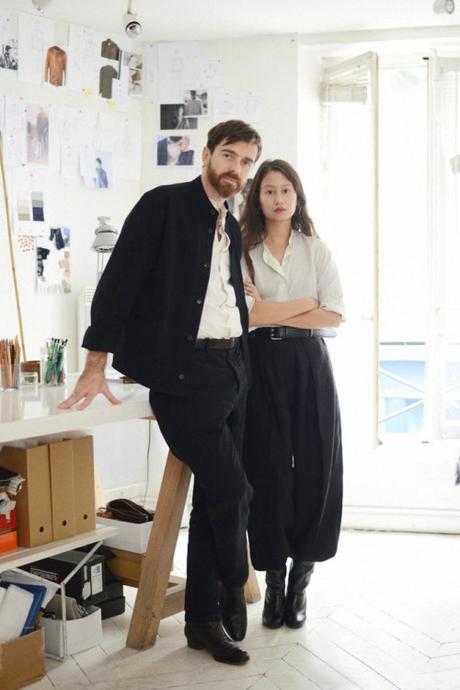
There's a great quote about minimalism in a 2010 issue of Afterzine. In it, Peter Saville - the graphic designer behind Joy Division's Unknown Pleasures cover art, along with other iconic images - frames minimalism as a reaction to modern times. "These are all responses to the overcrowded visual environment that we exist in," he said. "One response to that is to make things bolder and brasher. The other approach is towards the nothing. White space, white furniture - which is technical and laboratory-like - has an academic intelligence to it. It's the suggestion of negative space as a modern luxury. It's negative space as thinking space. It is a luxury. Time and space are modern luxuries."
Saville's quote is a great way understand fashion today. On the one hand, brands such as Gucci have made a name for themselves off an over-the-top, maximalist and eccentric style that draws heavily on 1970s sleaze and '90s pop culture. On the other hand, minimalist lifestyle brands continue to pop up all over the place, neatly presenting their wares through a heavy use of block colors, sans-serif typefaces, and generous use of empty space. Hit the explore function on Instagram and it's only a matter of time before you see photos of bare, white corners and empty skylines presented alongside modern, pseudo-punk imagery. Quieter, subtler aesthetics today live alongside bolder, brasher ones like the ying and yang.
In that context, minimalism feels refreshing because it's quiet and serene. It hints at emptiness, or in Saville's words "thinking space." Minimalism is about the clean and simple style of Common Projects Achilles, which are well made, but don't draw undue attention to themselves (or, at least, in theory). It's the APC bomber that's made from upgraded materials; the pair of unbranded Our Legacy jeans that fit well. Minimalism is appealing because it suggests comfort, ease, and leisure - silhouettes that are deliberately middle-of-the-road, allowing the body to breathe without being baggy. It's an understated style that's a slightly better version of things men are already wear - jeans, sneakers, and classic outerwear - which is why it's such a great entry point into fashion. Next to Americana, nothing is more neutral in terms of geography or lifestyle.

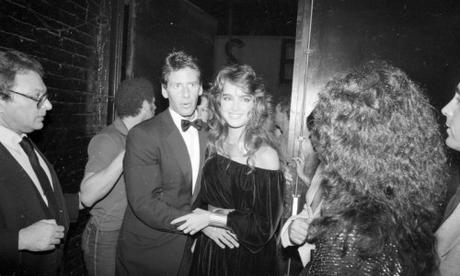

In fact, minimalism at times can be wearable to a fault. In being so nondescript, it's hard to tell why someone should pay top dollar for designer brands instead of the things you can find at high-street shops. Gracia Ventus, the writer behind The Rosenrot, has a nice post about this on her site. In the 1990s, when minimalism was last big, the style had two faces - avant-garde designers who deconstructed clothing to make a statement, then more mainstream takes such as those by Donna Karen and Calvin Klein.
The mainstream fashion of the '90s era was marked by the shift of focus to the female arena, in which designers such as Calvin Klein and Donna Karan made easy clothes for the modern working women. Klein himself identified his version of Minimalism as "an indulgence in superbly executed cut, quiet plays of colour tones and clean, strong shape."
Although formal Minimalism discouraged figuration, Post-Minimalism allows casual references to the human body, as long as they appear in reductive a manner as possible, notably exemplified by Klein's nondescript slinky slip dresses. [...]
In fact, this American brand of post-modern Minimalism was bordering on generic, so much so that it could not be separated from mass market offerings from Gap, Levi's etc, other than through its label. In essence, the label itself became the sole compensating factor for the lack of fashion, because it was often found that the quality of the offerings did not correlate with price tags. The logo had ironically become the centerpiece, elevating mass-market quality products to high-fashion level, which then begs the question: how little is too little?
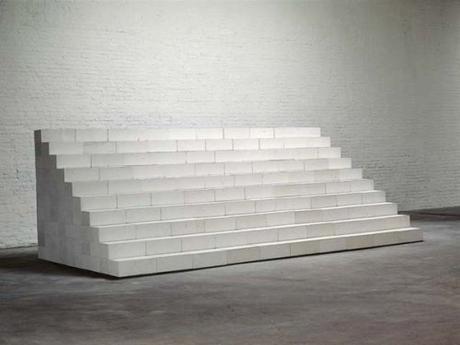
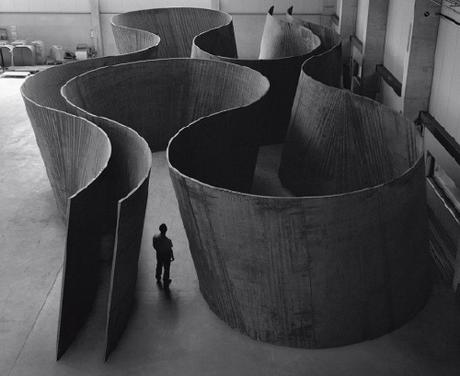
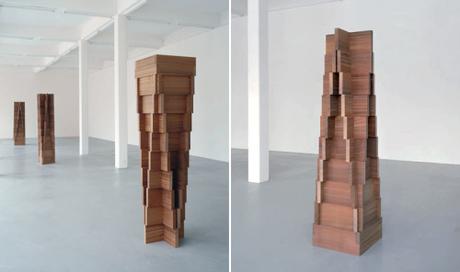
I like minimalism, but neither of those extremes appeal. Brands such as APC are almost indistinguishable from things you can find elsewhere for cheaper. Likewise, the easy adaptability of Common Projects means the look has been copied to death by other brands, making them near ubiquitous in big cities. If you're paying this much money for clothes, do you really want to look like everyone else?
At the same time, while I own and like some pieces from Margiela, much of the line is too offbeat and unforgiving for my pencil-pushing lifestyle. What looks like a great piece of deconstructionism on someone else can feel like a bad Kickstarter project on me.
In San Francisco, however, I've been noticing a new form of minimalism that sits between these two worlds - more interesting than APC; easier to wear than Margiela. It's minimalism as expressive shape. The clothes are minimally detailed, often with long lines and unusual shapes, and prizing functional details over decorative ones. The outfits rely on minimally patterned, often cold colors such as navy and gray. When there is an unusual color, it's somber, such as burnt ochre or burgundy. There's something very austere and calm about the style, but with a sensibility that also feels very human, natural, and comfortable. It's similar to something I've called warm minimalism, but with more emphasis on the silhouette.
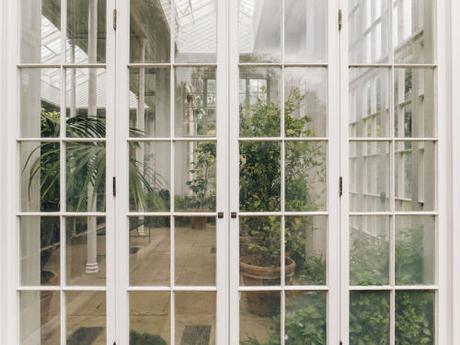
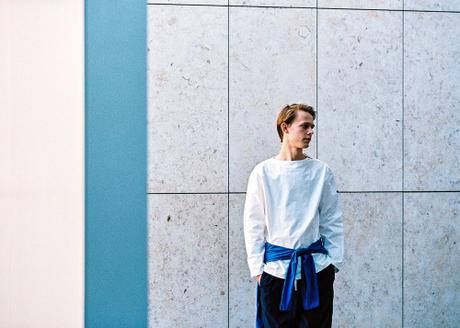
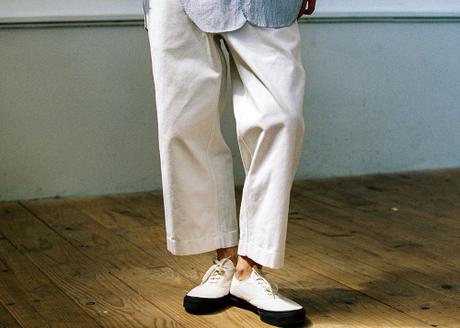
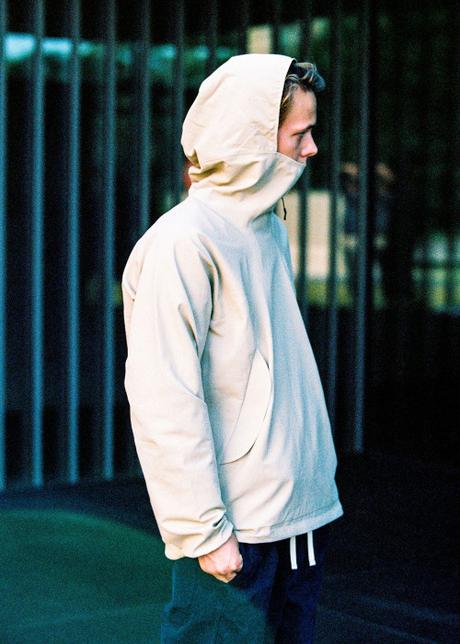
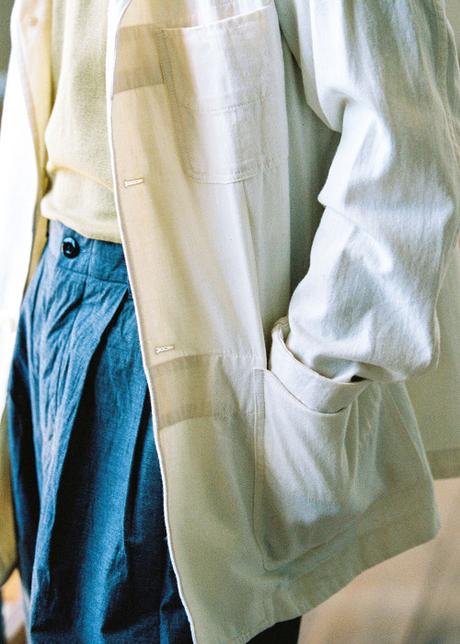
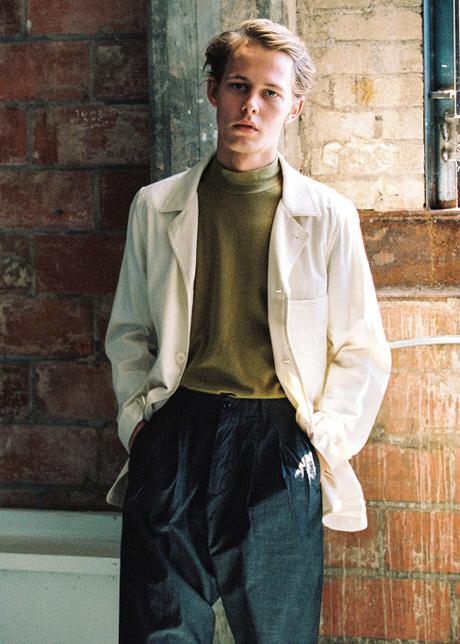

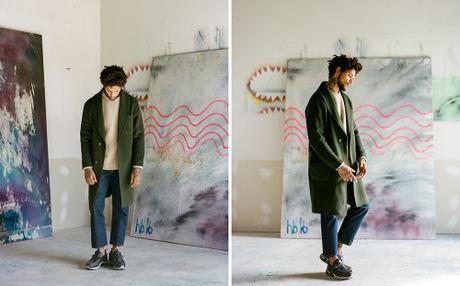
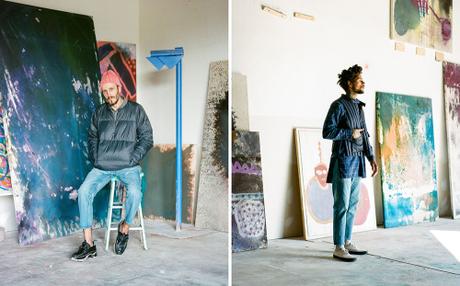
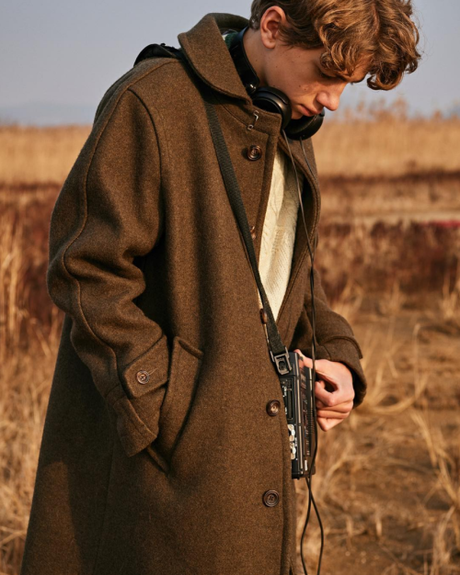
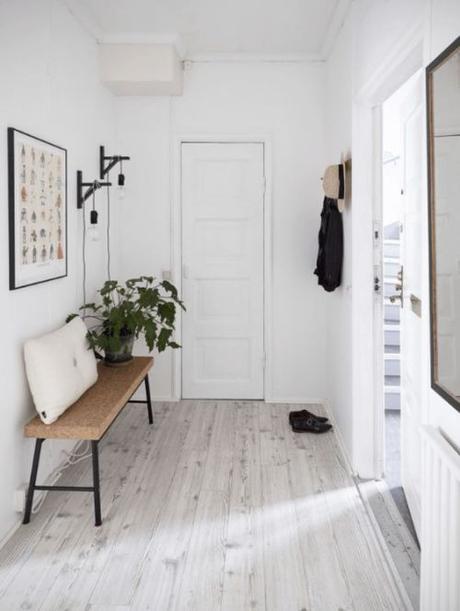
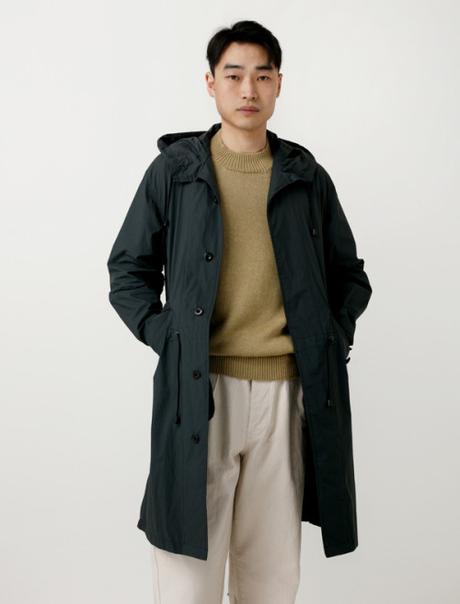
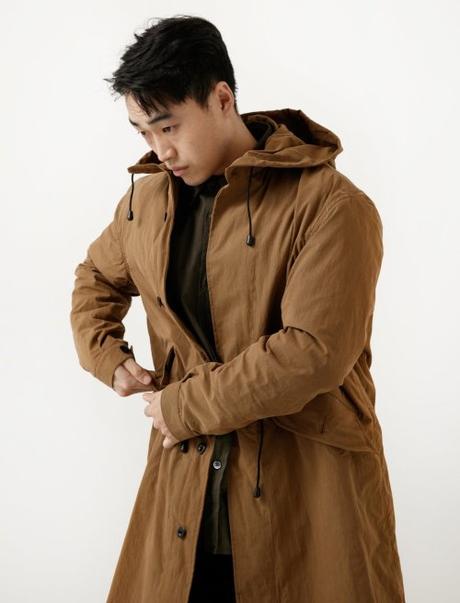
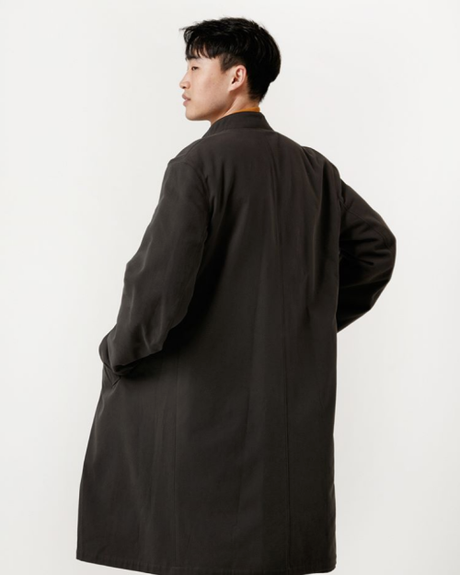
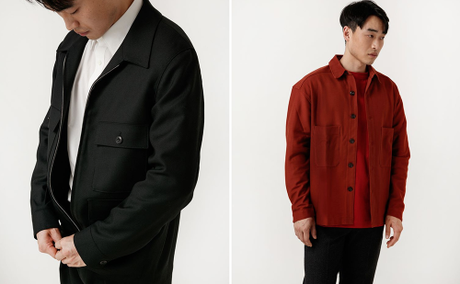
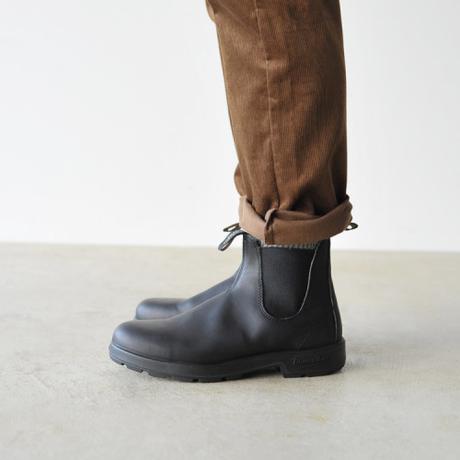
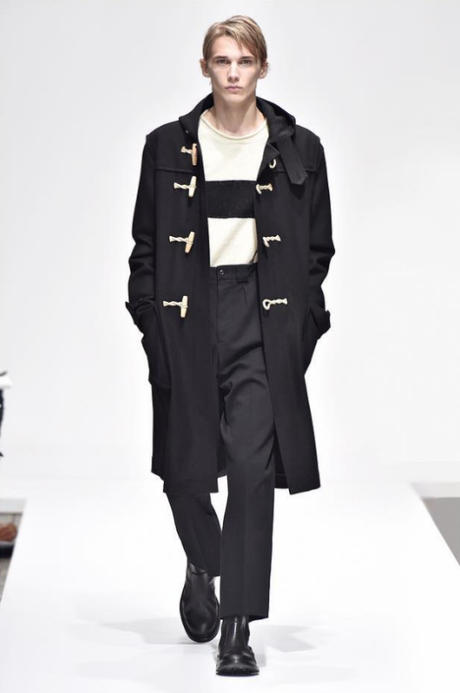
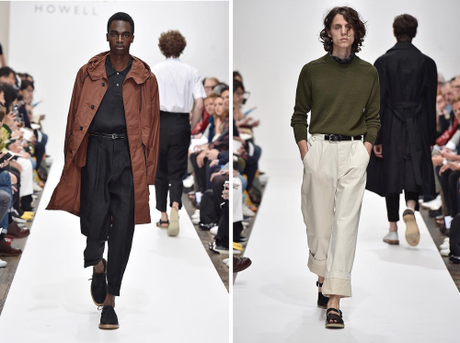
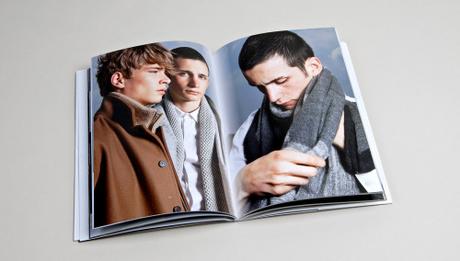
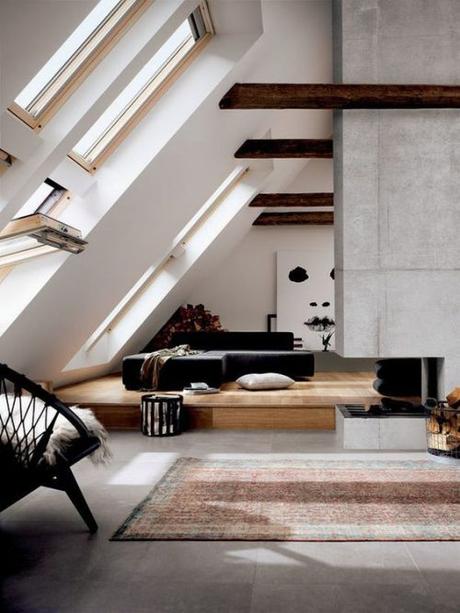
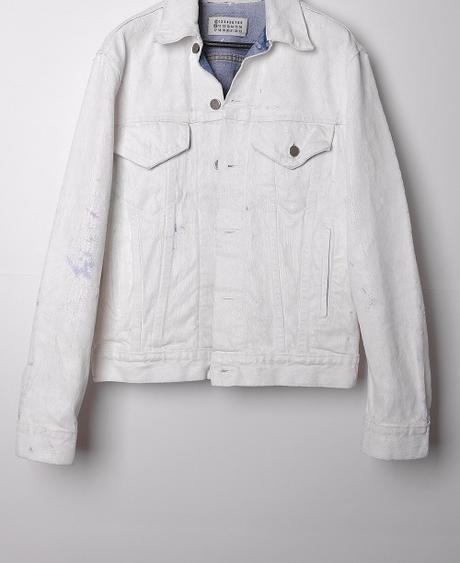
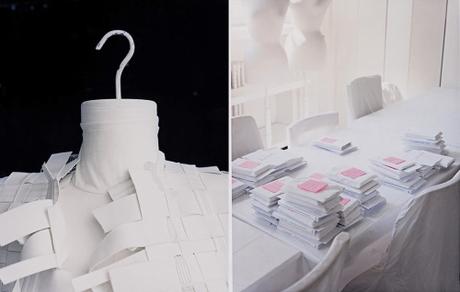
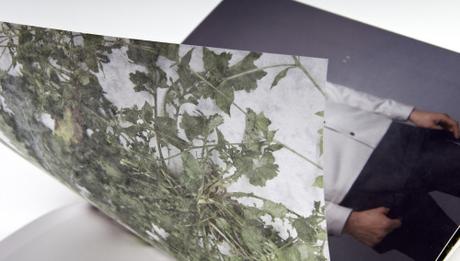
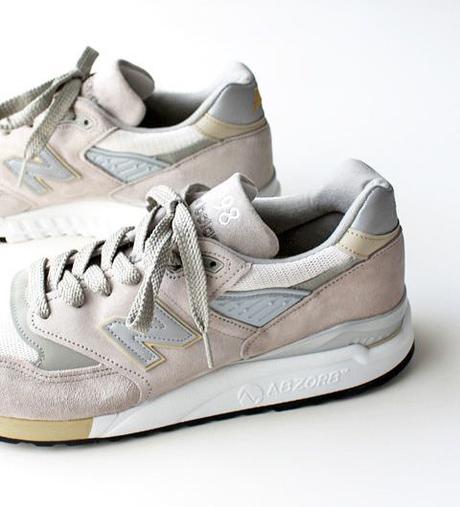

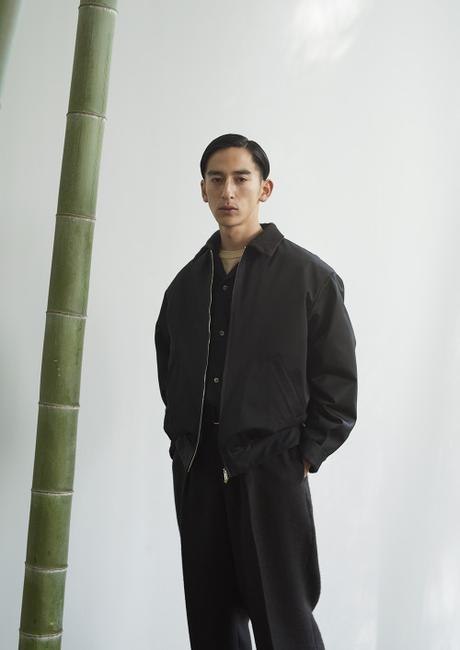
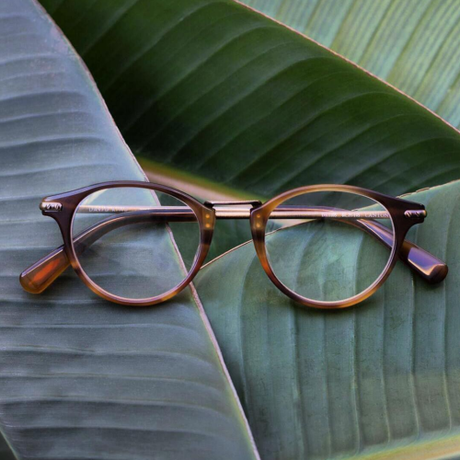
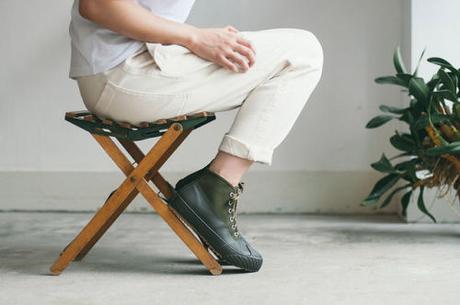
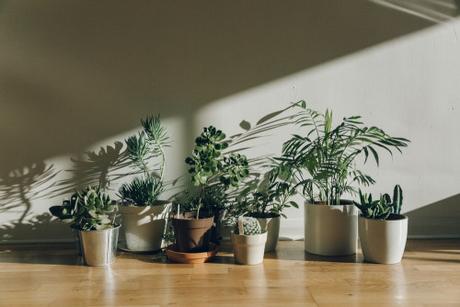
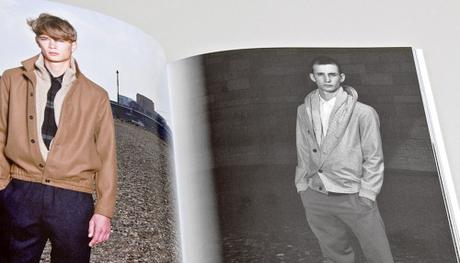
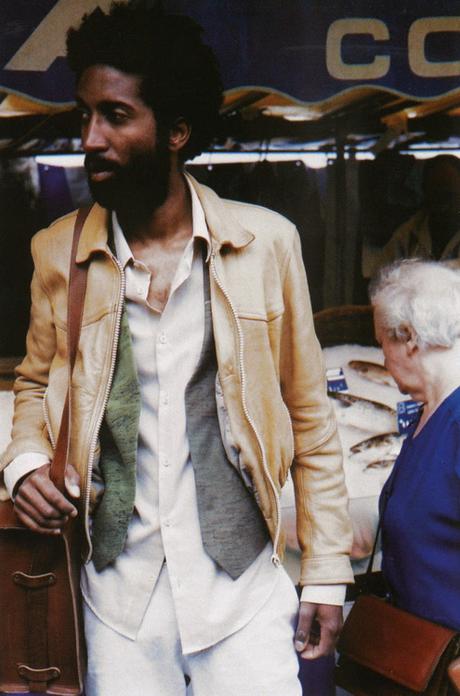
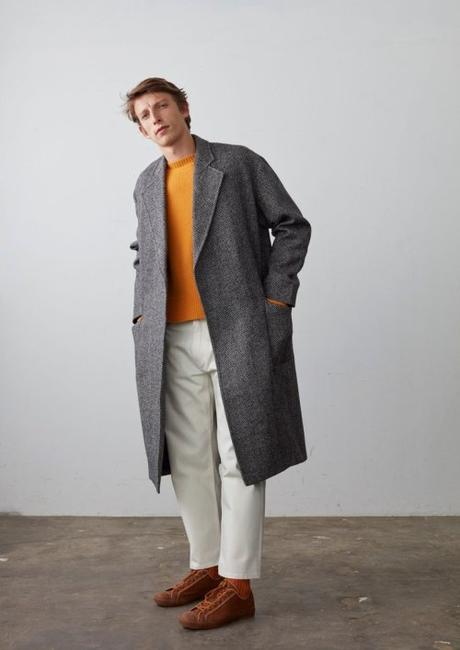
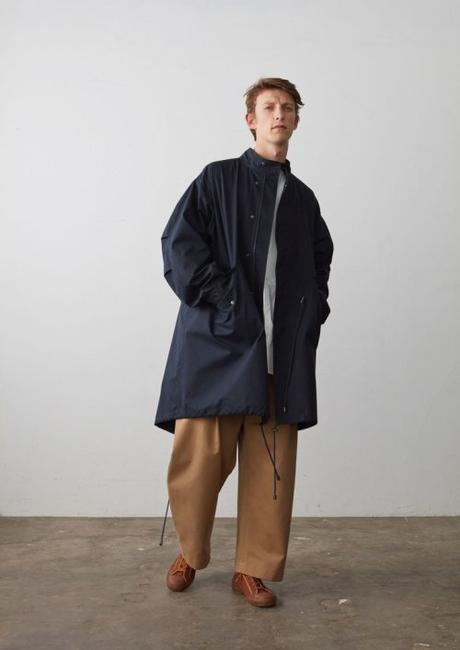
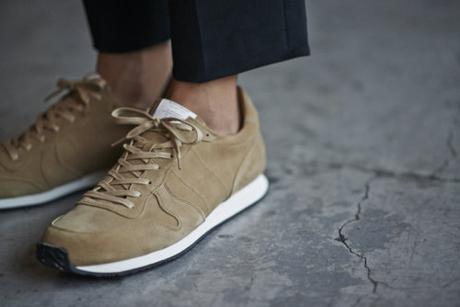
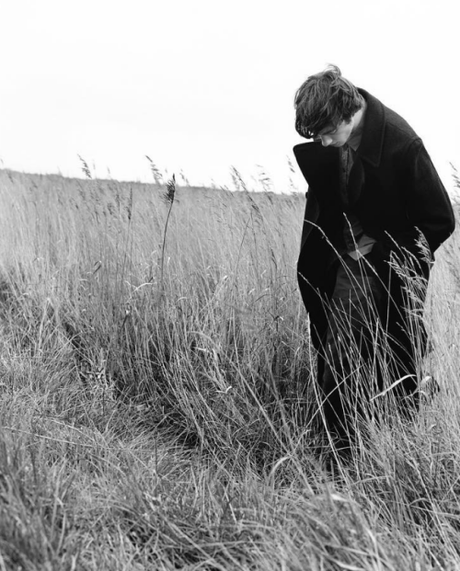
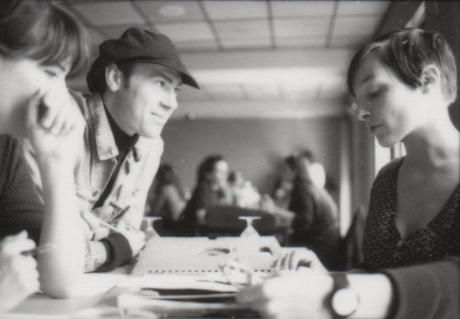
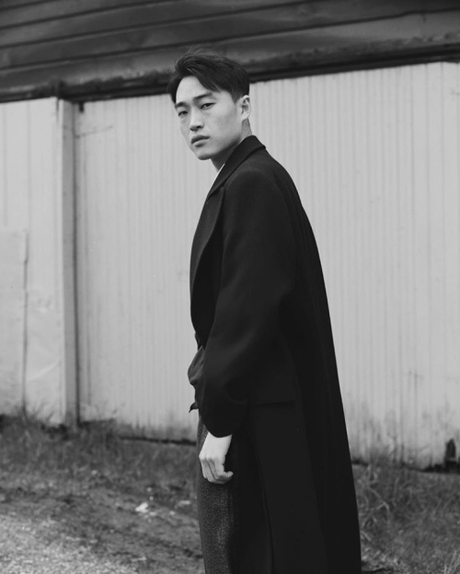
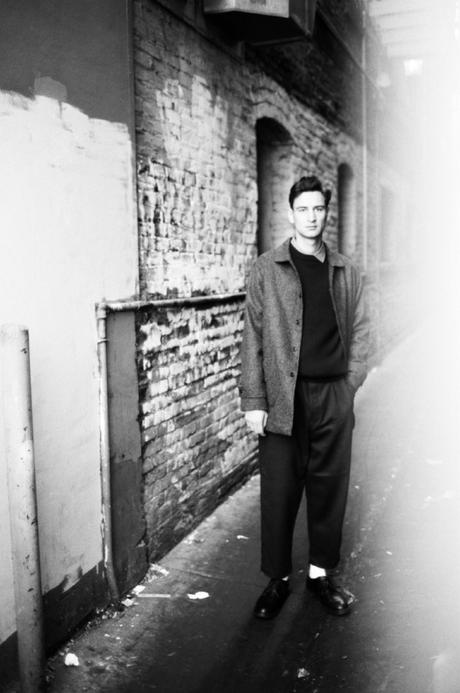
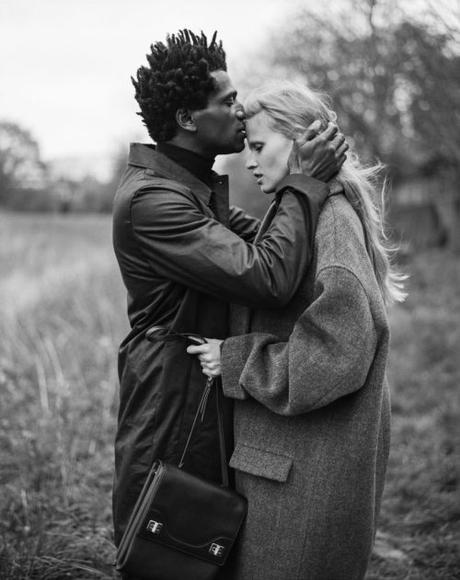
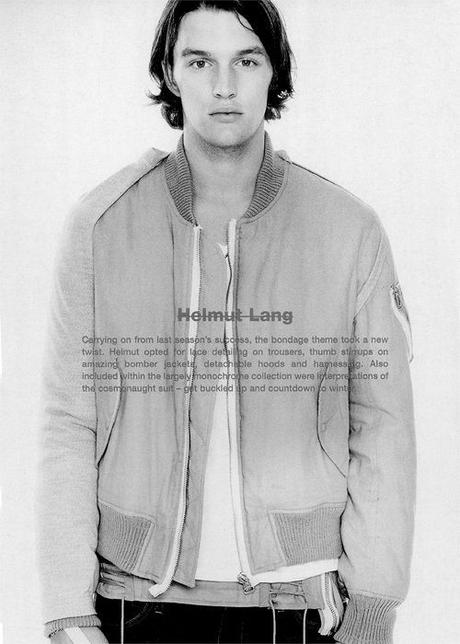
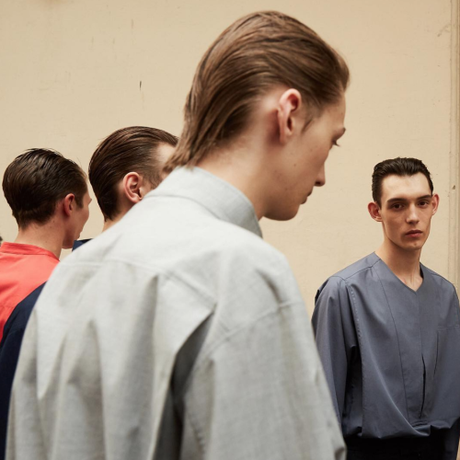
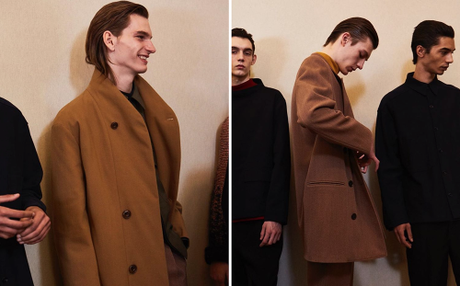
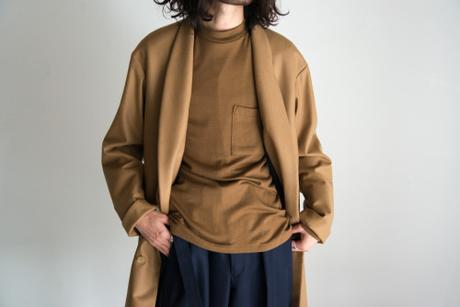
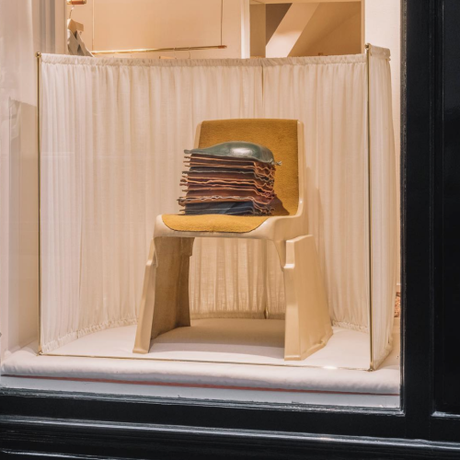
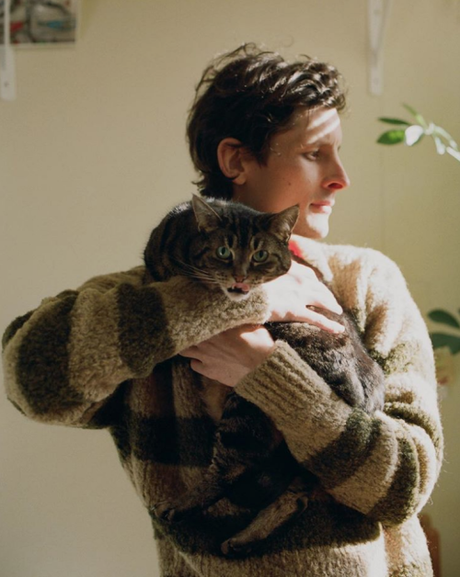
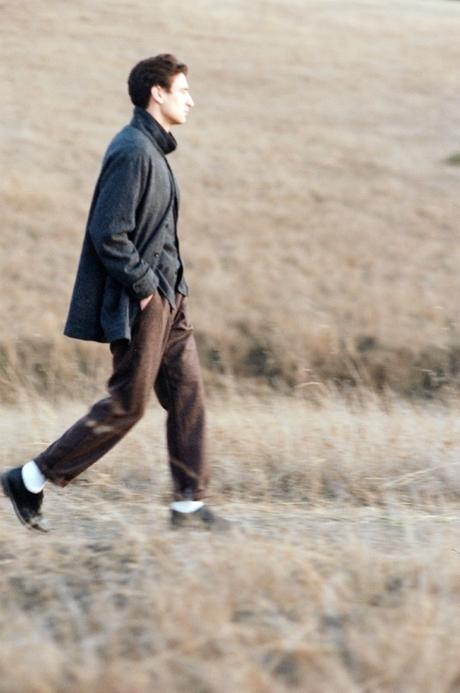
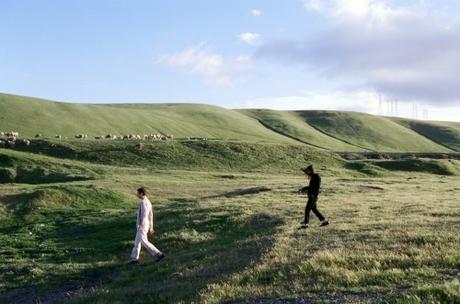
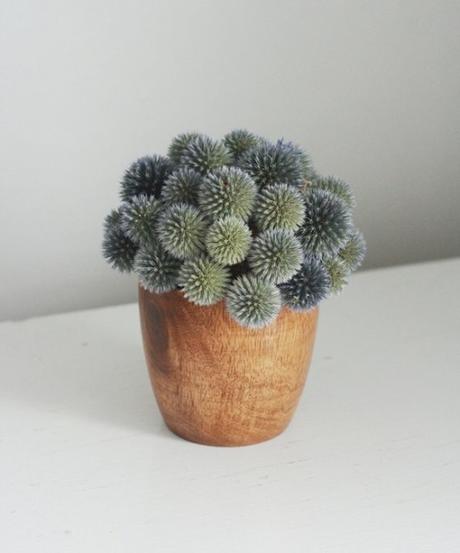
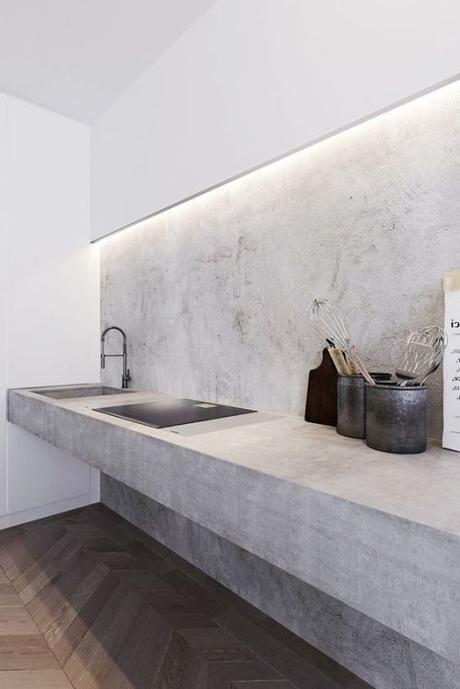
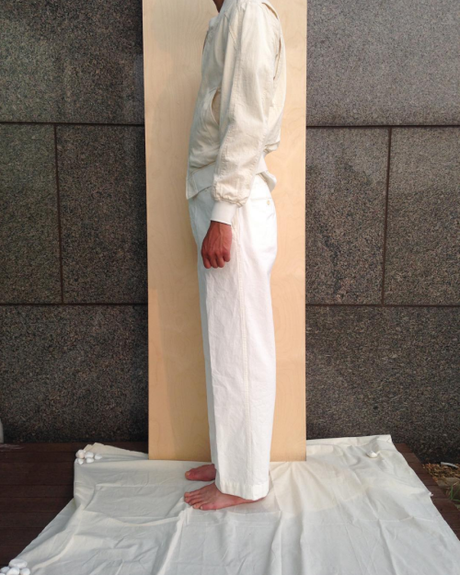
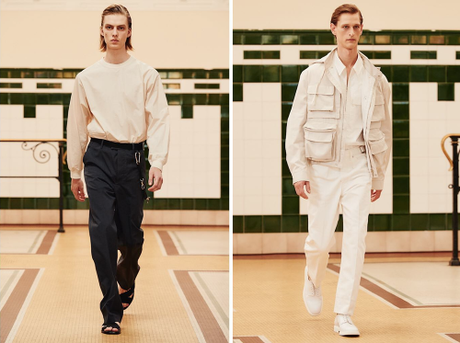
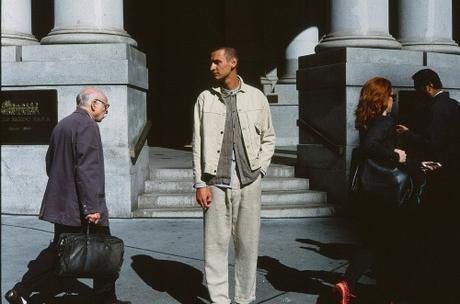

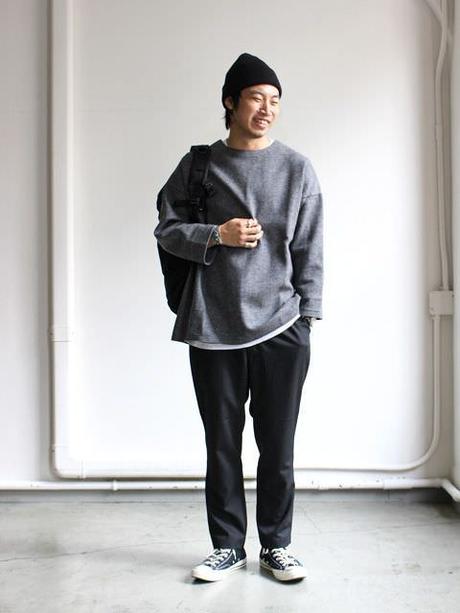
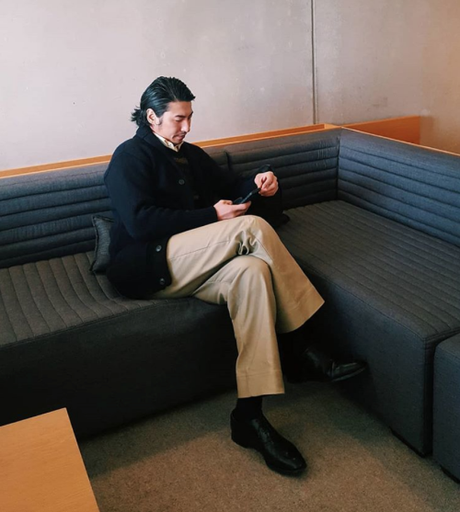
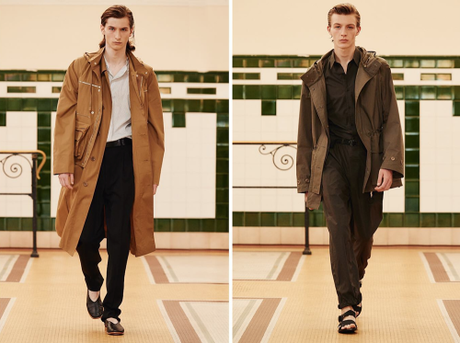
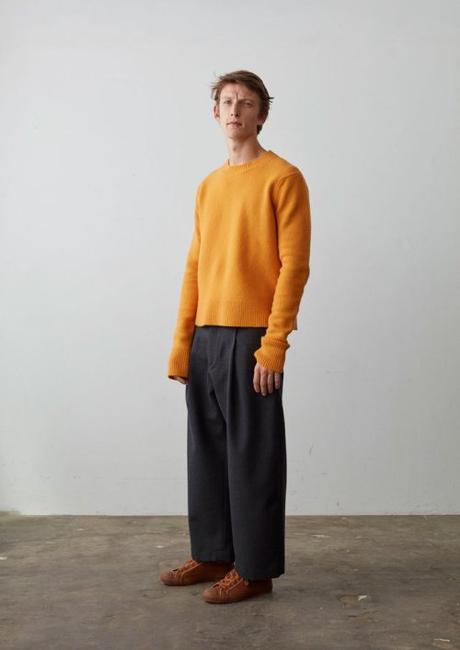
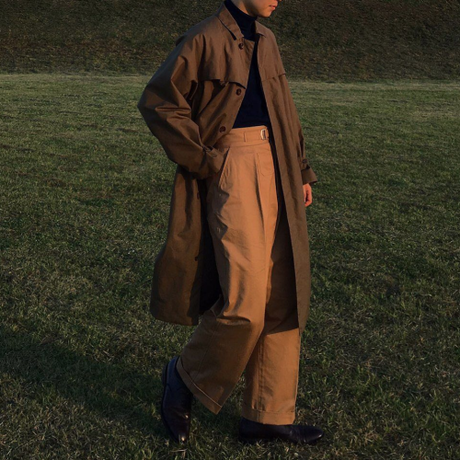
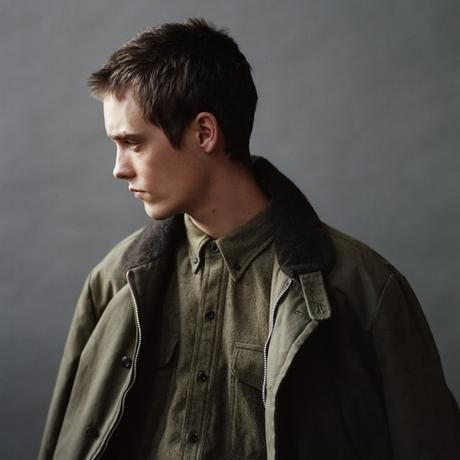
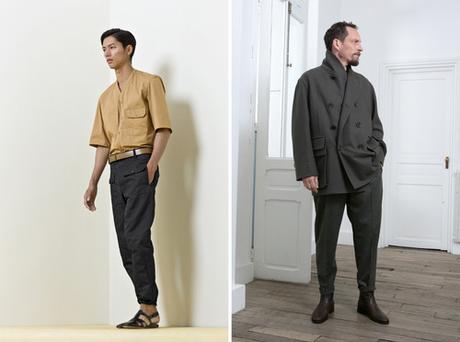
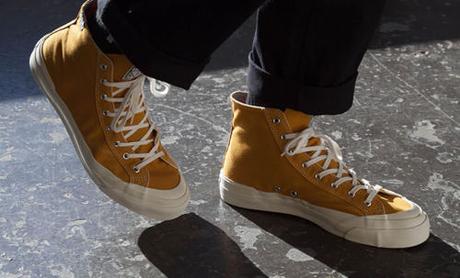
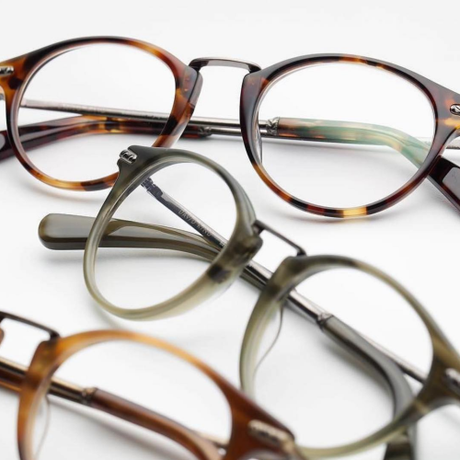
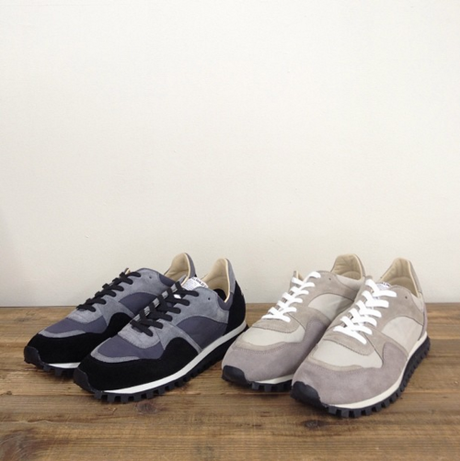
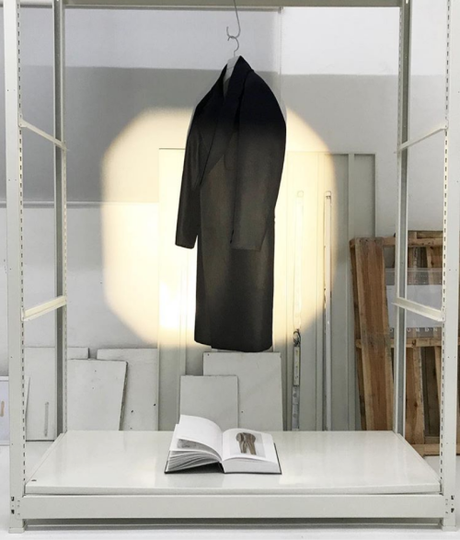
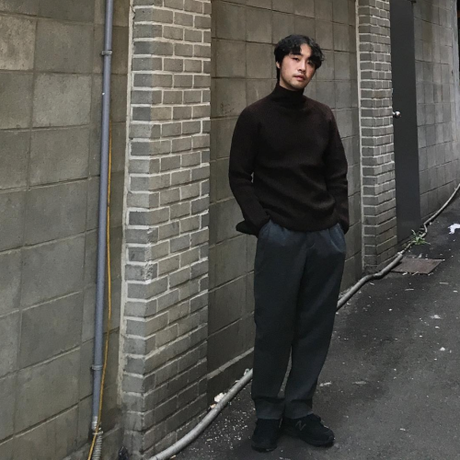
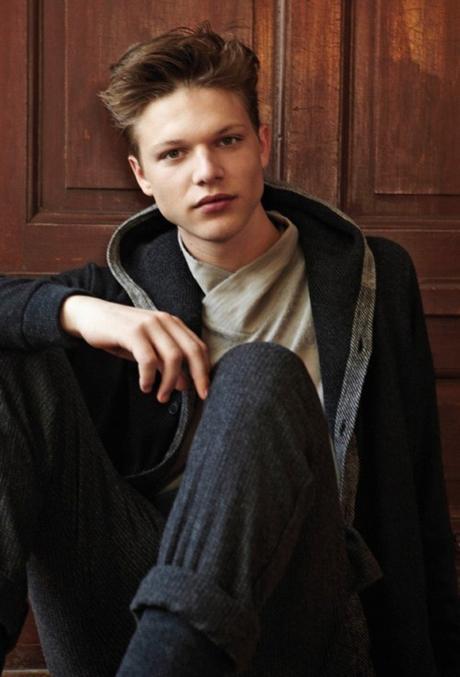
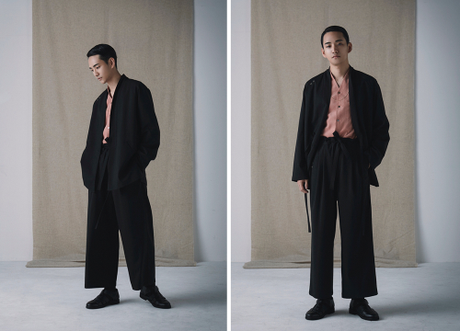
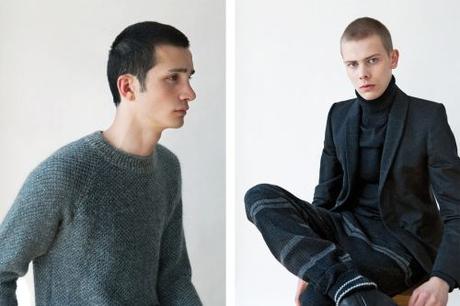
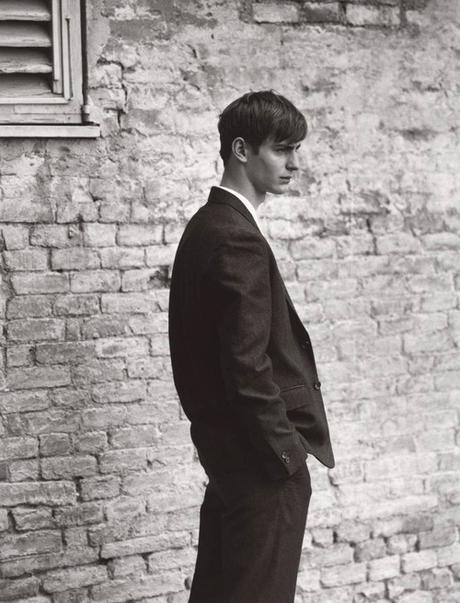
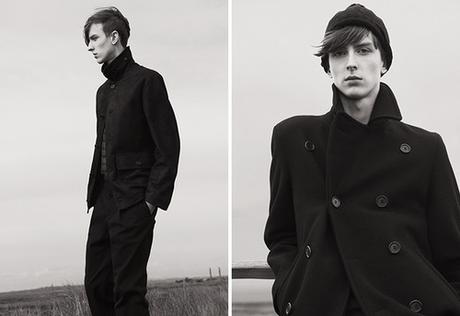
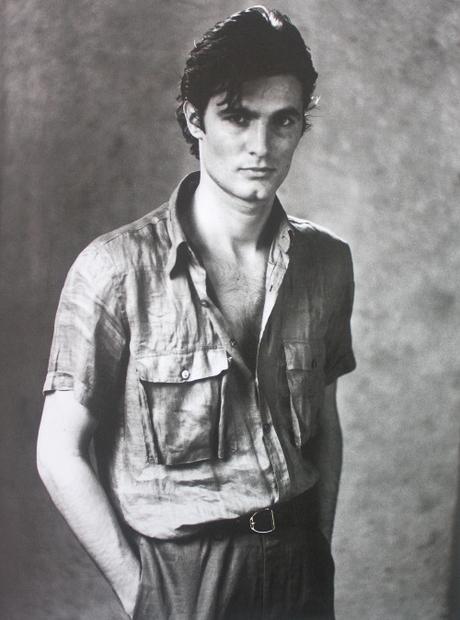
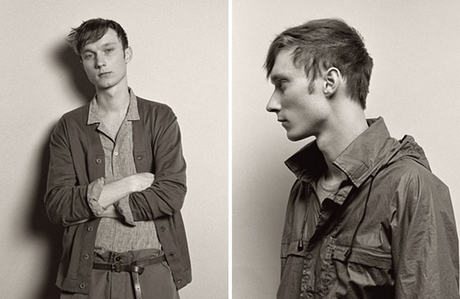
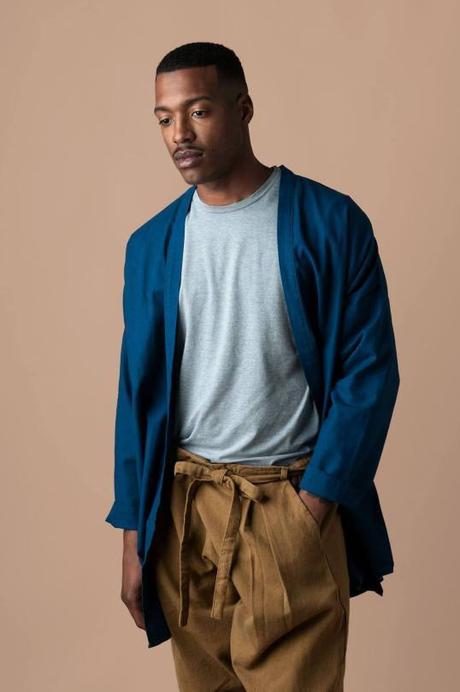
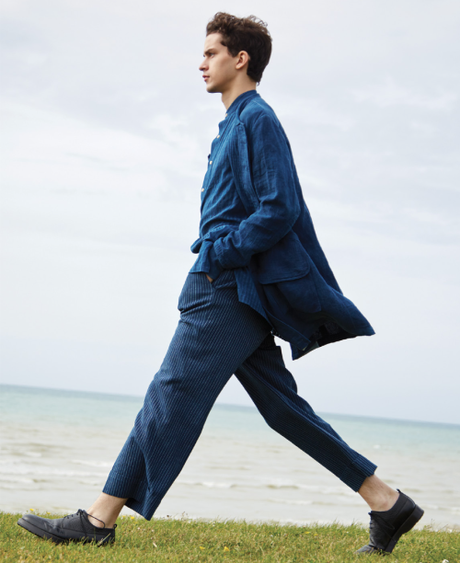
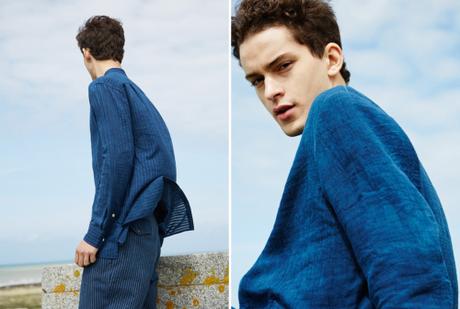
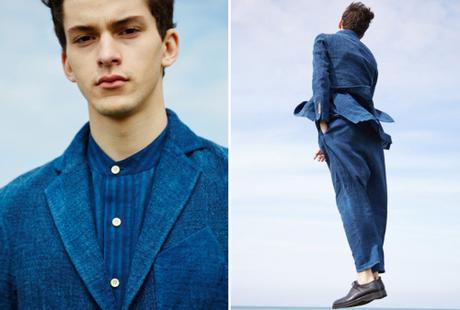
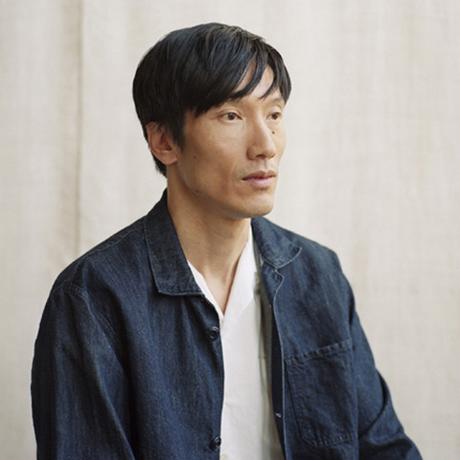
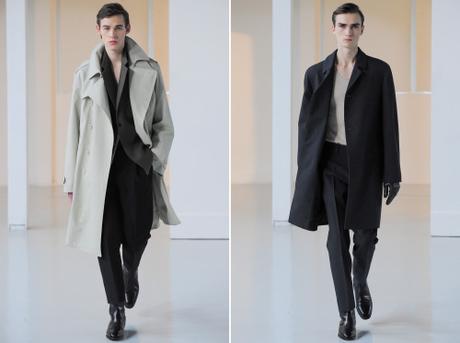

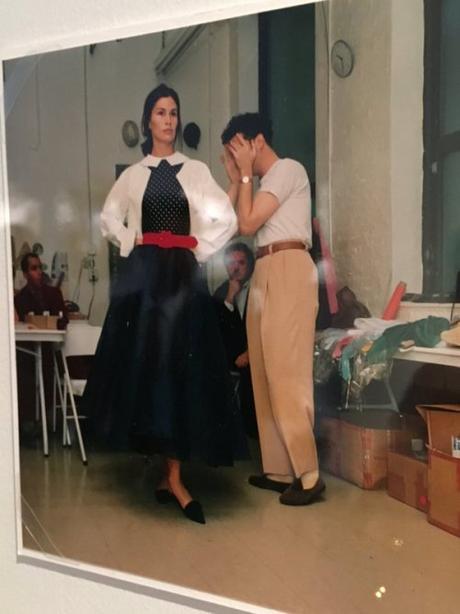
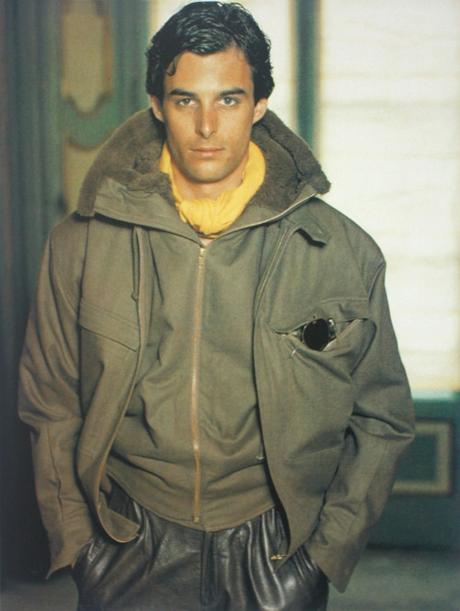
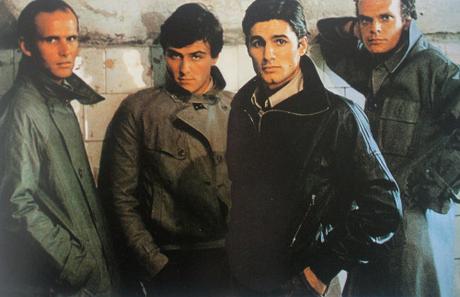
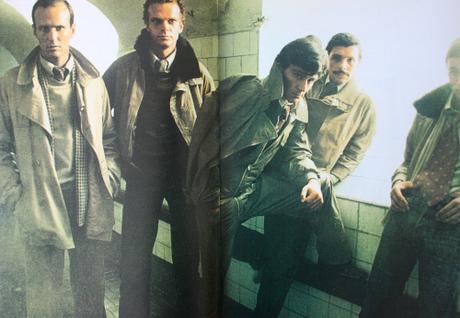
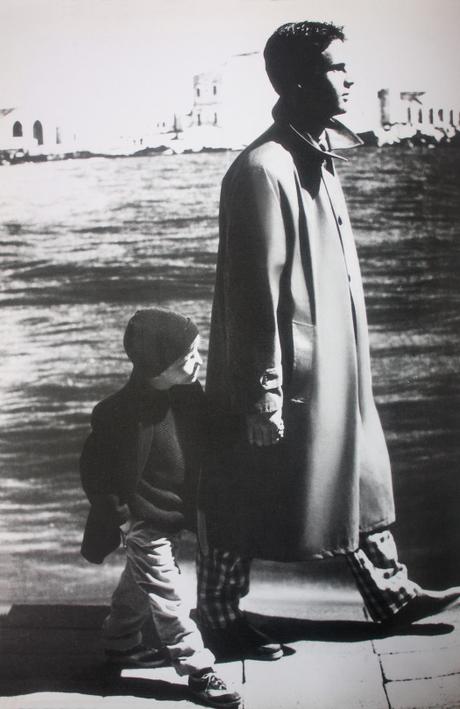
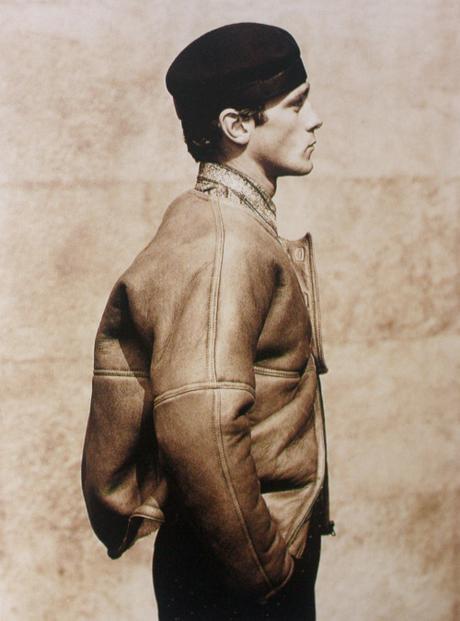

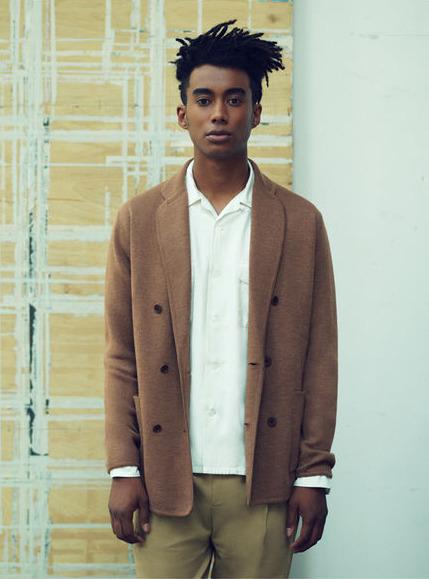
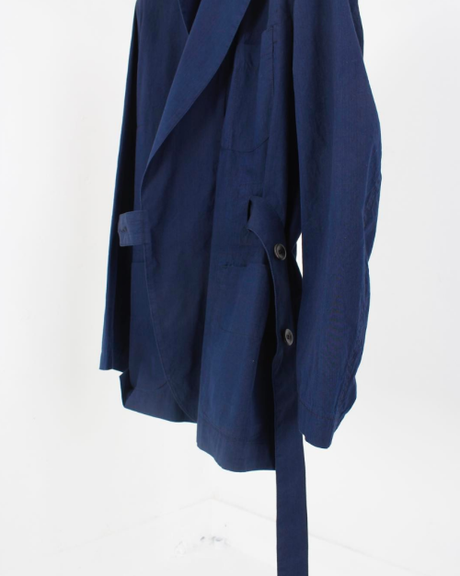
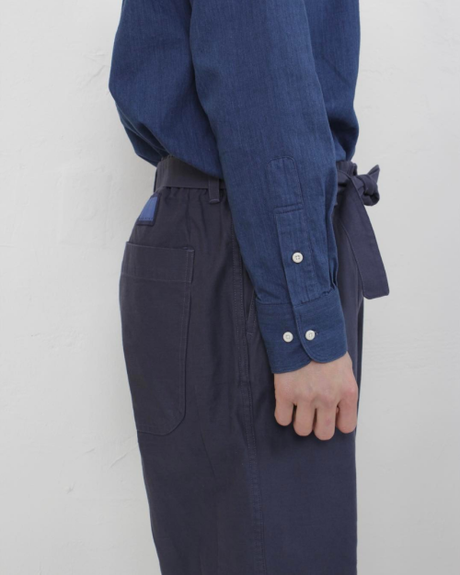
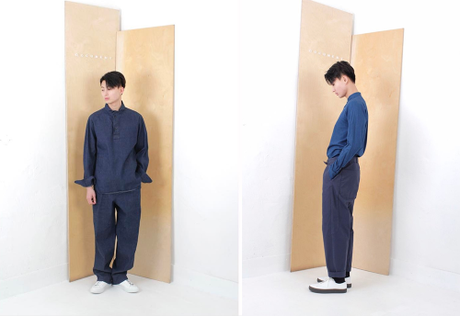
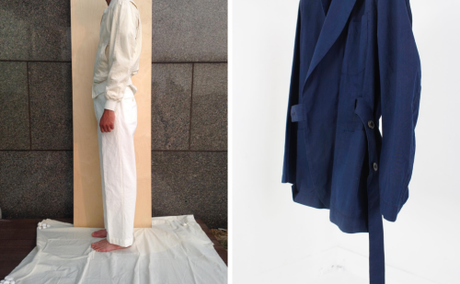

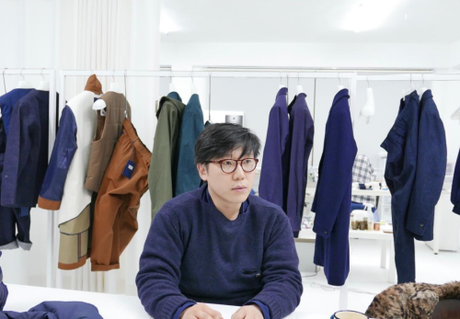
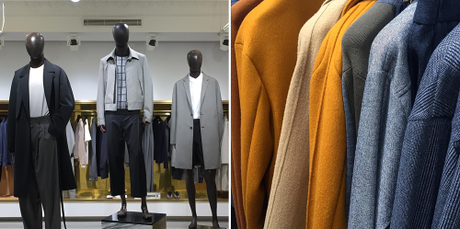
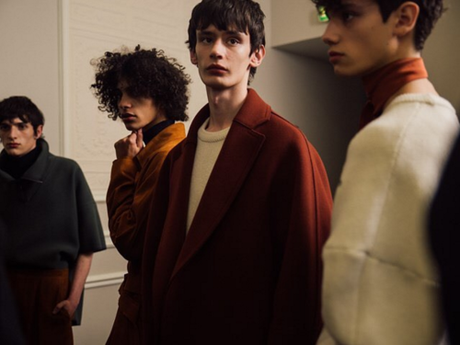
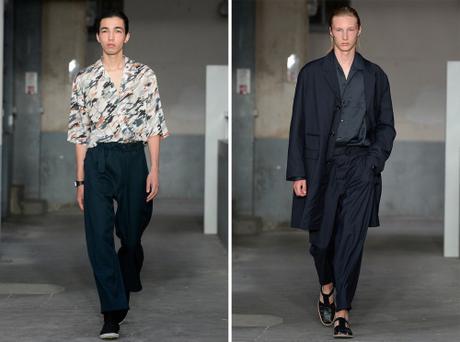
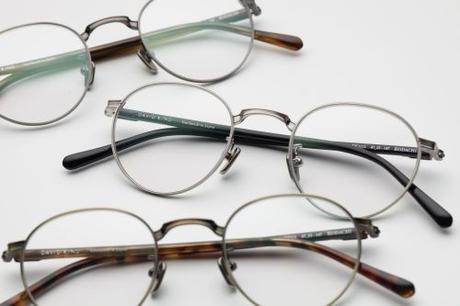
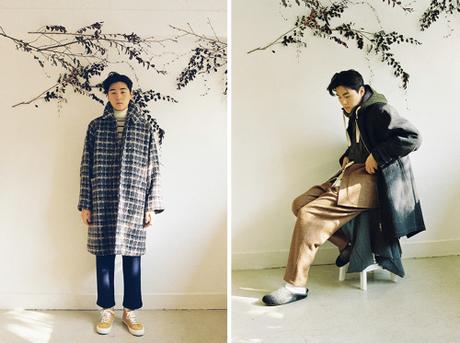
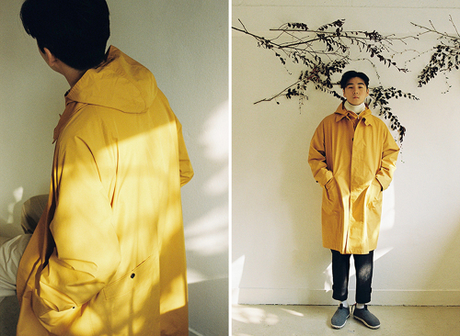
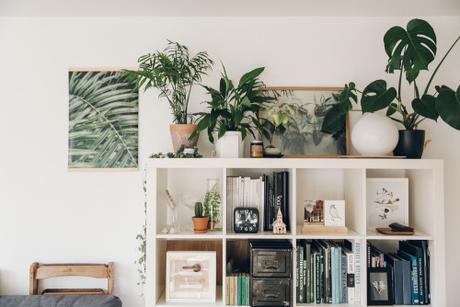
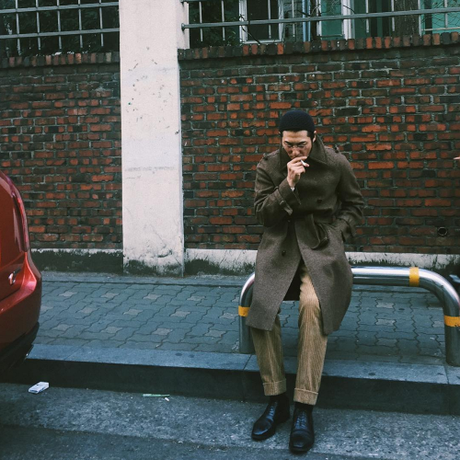
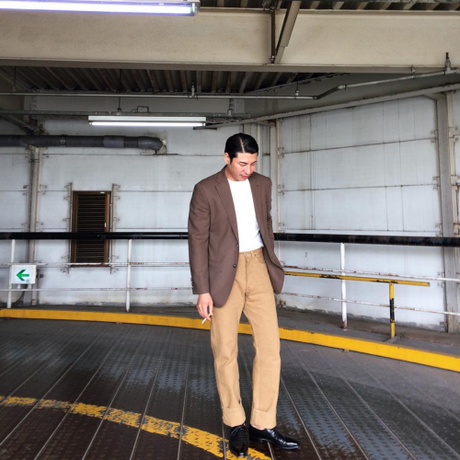
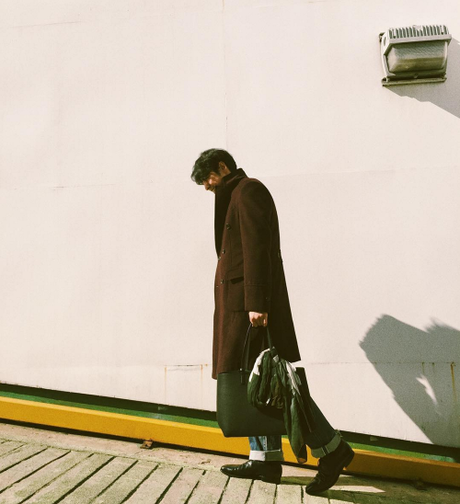
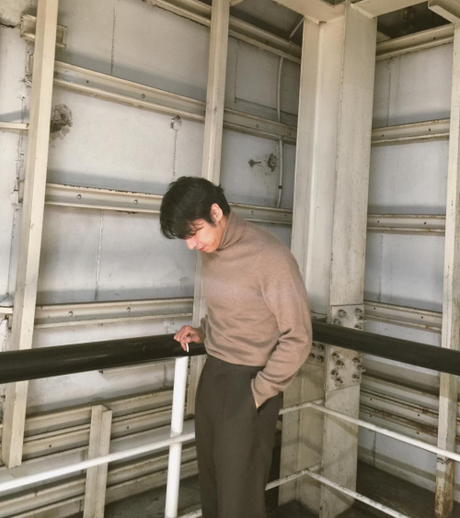
In some ways, this feels like minimalism at its roots. The original minimalist art movement started in the late 1950s in New York City - what some have called ABC art, object art, or primary structures. The term minimalism mostly won out because it neatly describes the collective's reaction against the abstract expressionism movement before it. Jackson Pollock, perhaps the best known abstract expressionist, threw paint onto his canvases with emotion and idiosyncratic gestures. Minimalism, in that sense, was the opposite. The hard edge shapes weren't about allusions, symbolism, emotion, or expression - there was no transcendence to meaning or spiritual values, no biographical reading to be had. The works existed for the sake of beauty alone - objects as pure objects, which can feel relieving. And while there were minimalist painters, such as Frank Stella, most of the works here were sculptural. Look up artists such as Anne Truitt, Richard Serra, Carl Andre, Tony Smith, Donald Judd, and Robert Morris.
For me, minimalism in fashion is most interesting when it feels connected to those roots - little to no detail, but tremendously interesting in shape. Think of long, flowing topcoats thrown over textured sweaters, which have dropped shoulder seams and wider necklines. T-shirts with boxy bodies and slightly lowered chest pockets; trousers with a relaxed fit and higher rise. The look can be as basic or expressive as you want. Document's robe coat, for example, plays nicely into this style and can be worn with something a simple as your standard pair of slim-straight jeans and a textured sweater. Namu Shop, an advertiser on this site, specializes in this look and they carry workwear brands such as ts(s) and Eastlogue, which says something about the versatility of some pieces. Wear a jacket one way and it's minimalism; wear it another and it's workwear.
There are a handful brands that neatly slot into this look. See labels such as E. Tautz, Lemaire, Devaux, Stephan Schneider, Document, Auralee, Yaeca, Wooyoungmi, and Studio Nicholson. Others are a bit less experimental, but still useful for basics. I particularly like Margaret Howell, Dana Lee, Our Legacy, and Evan Kinori in this regard. You can also find shoes and accessories from companies such as Spalwart, New Balance, Moonstar, Begg, Ah-Okay, Garrett Leight, and David Kind.
Stores here can be a hodgepodge, with many located overseas (namely South Korea and Japan, where the style is big). Namu Shop, Neighbour, Maas & Stacks, Totokaelo, Mr. Porter, Need Supply, Unionmade, and Indigo & Cotton are among the better ones in North America, although you can also browse online Asian boutiques such as Grafica, City Lights, and Strato for style inspiration (they're a bit hard to order from if you're not in Japan). Many of these shops and brands have Instagram accounts, which are worth following if you want to get a better sense of the style. Lastly, Namu has some lookbooks, from which I pulled a few images. You can see them in full on their site and Instagram.

